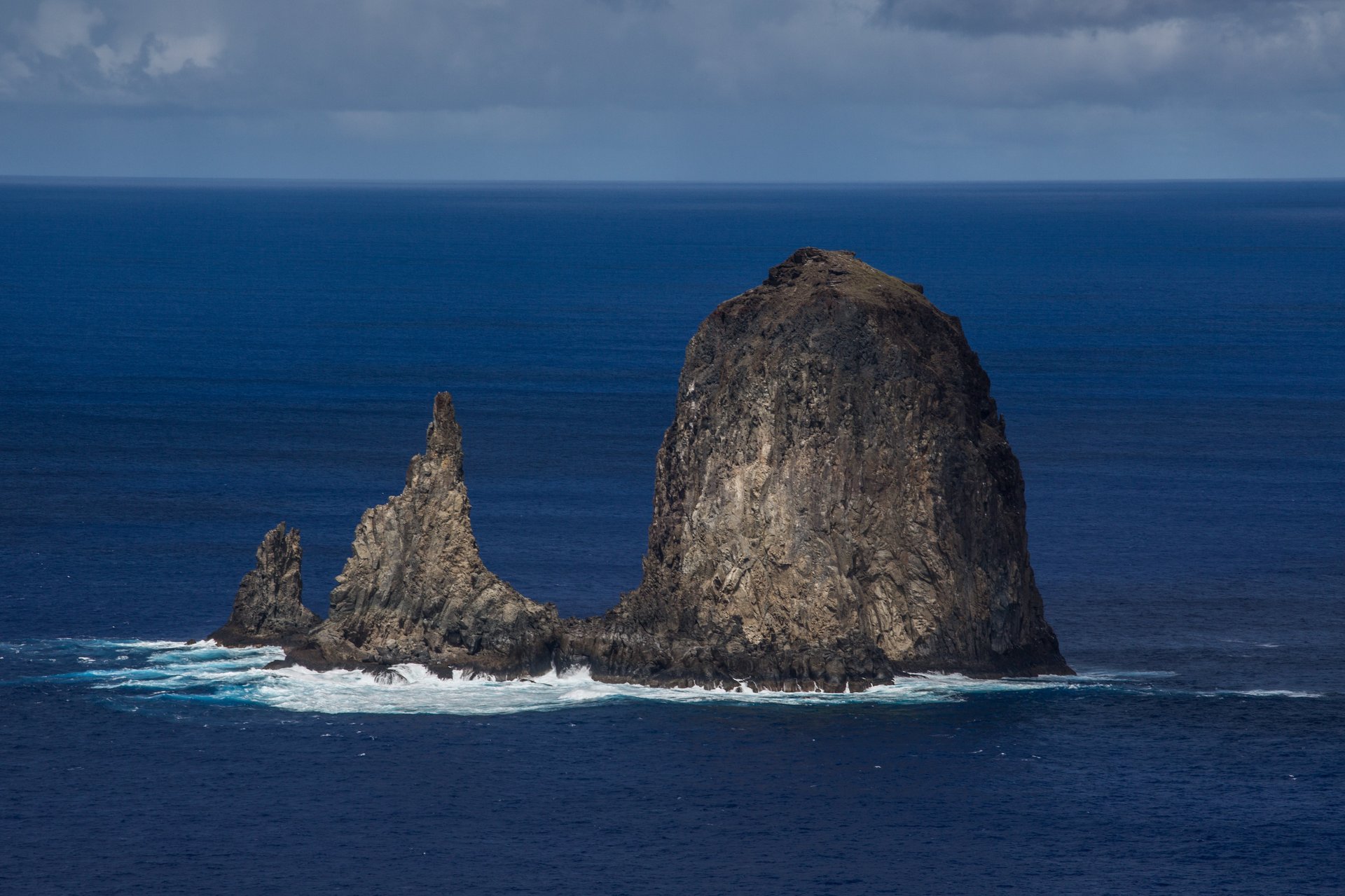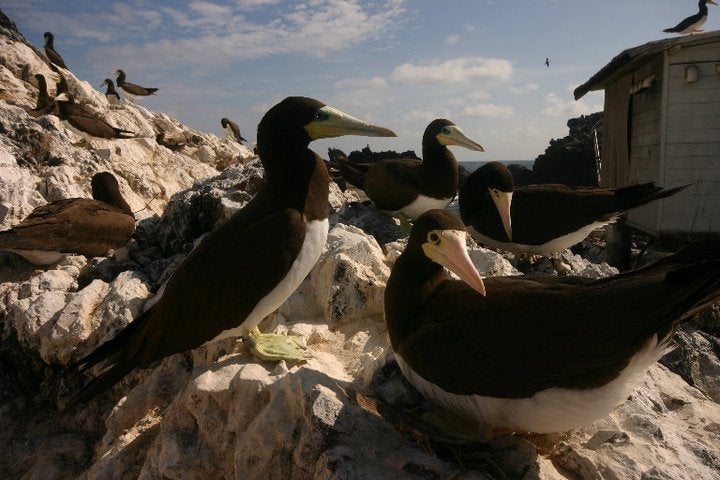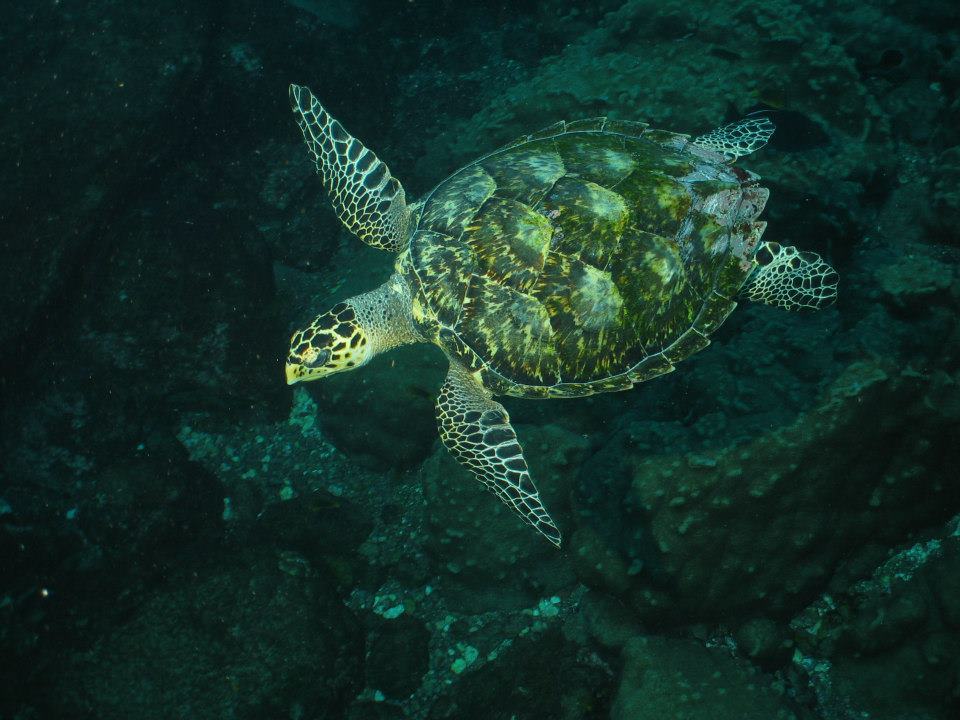Brazil has created two new marine protected areas covering an area larger than France
While Donald Trump is opening up US waters to oil and gas exploration, the UK, Mexico, Chile, Honduras, Belize and Seychelles, are creating bigger and bigger marine protected areas.
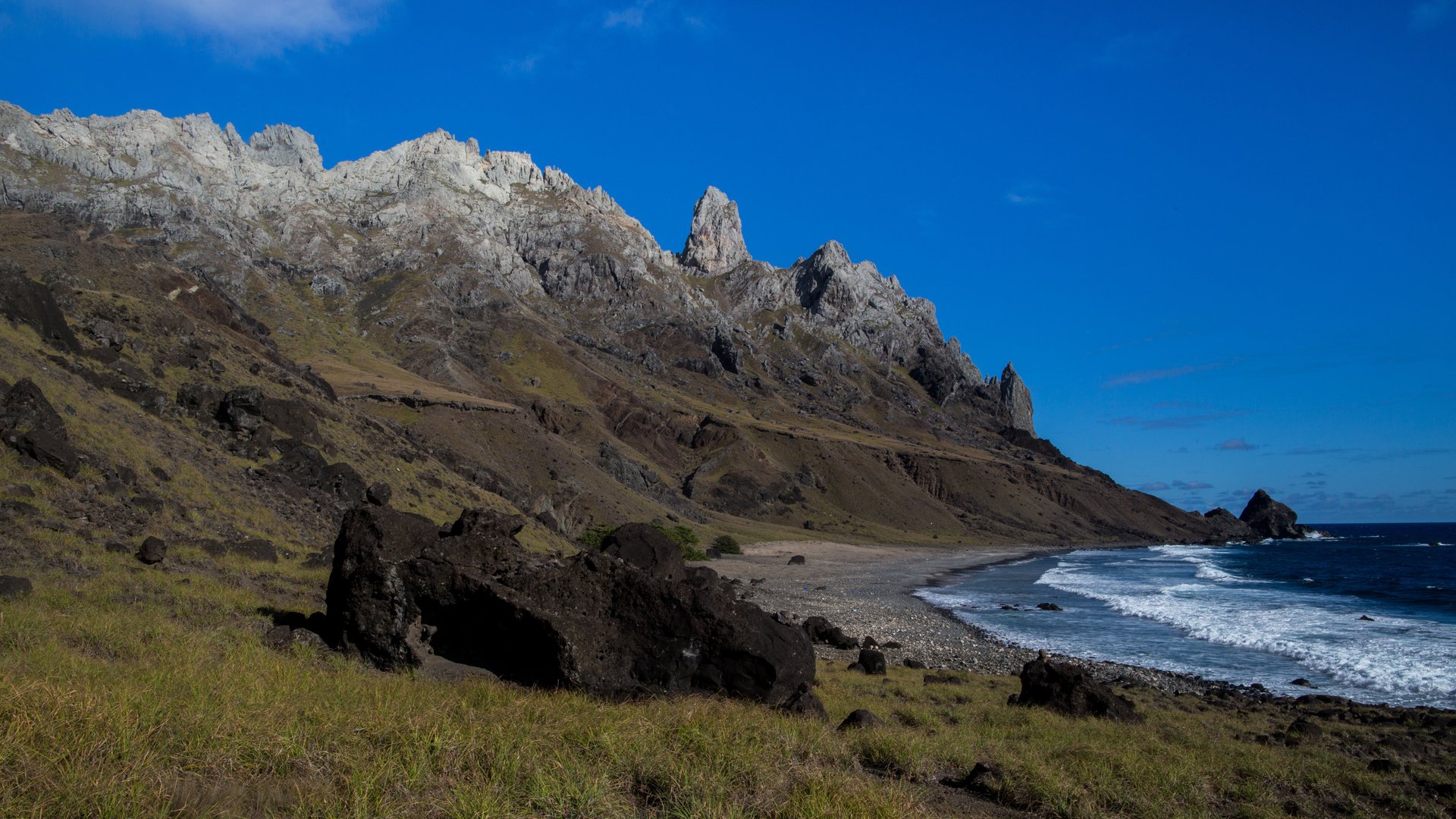

While Donald Trump is opening up US waters to oil and gas exploration, the UK, Mexico, Chile, Honduras, Belize and Seychelles, are creating bigger and bigger marine protected areas.
On March 20, Brazil joined the growing list. President Michel Temer announced the creation of two marine protected areas with the Brazilian exclusive economic zone (EEZ) totaling 900,000 square kilometers. That’s an area bigger than France and the UK combined. The announcement comes at a time when a campaign run by the charity Conservation International for marine protected areas in Brazil had gathered more than 10,000 supporters.
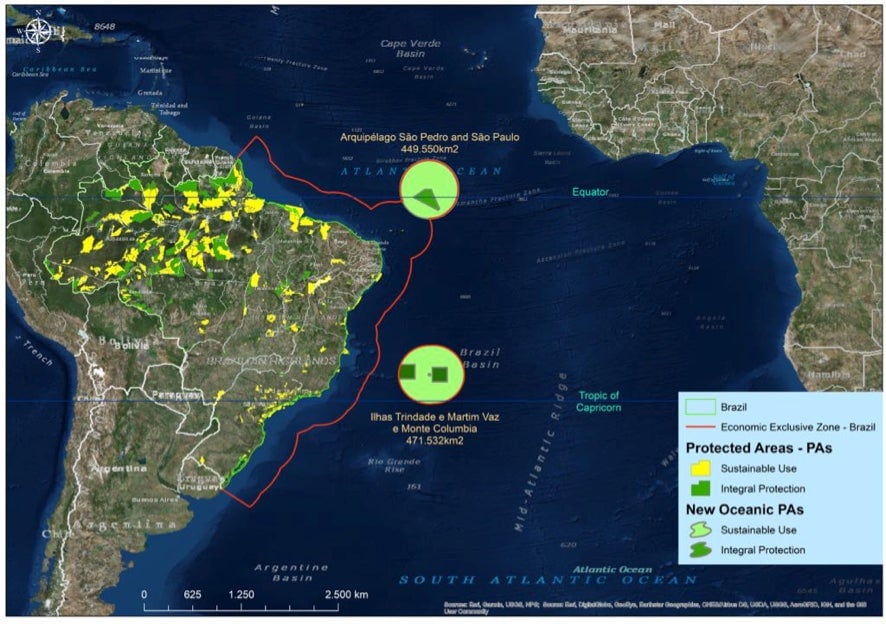
The areas cover two large swathes of the ocean. Trindade-Martin Vaz Archipelago and the surrounding underwater mountains are known for algal diversity, sharks, marine turtle, and unique species of coral and sponges. The São Pedro and São Paulo Archipelago is home to important migratory species such as the Mobula manta rays and the whale sharks. The areas will not be open for any economic activity, apart from some fishing.
With the announcement, Brazil has increased the area of its protected waters from 1.5% to nearly 25%. It surpassed the United Nations goal of protecting 10% of a country’s marine and coastal area by 2020.
Not everyone is convinced it’s a good idea.
Luiz Rocha, a curator at the California Academy, argues that protecting coastal waters provides a more value per unit of area than protecting large swathes of the open ocean. That’s because near-shore waters possess greater biodiversity and face much greater risks from human activity than deeper waters do.
